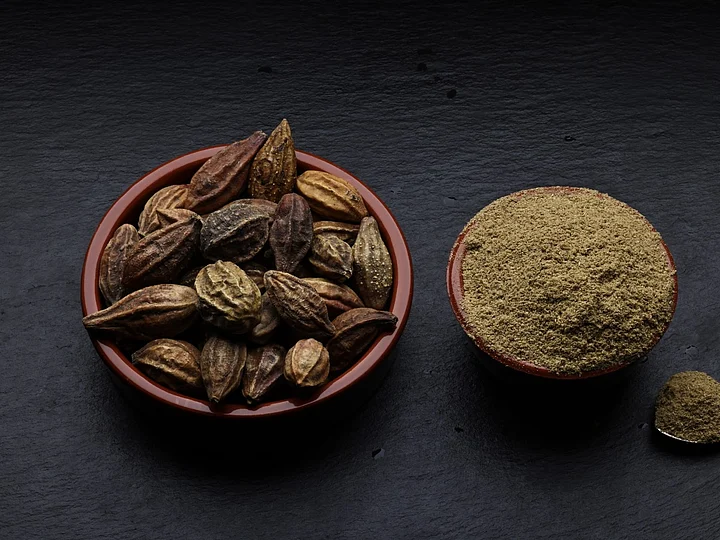Chebula may sound like a sexy, new ingredient that is being used many skincare companies but to be clear, terminalia chebula (also known as haritaki) is an ancient Ayurvedic herb that has been used for centuries. 'It is also known as the ‘King of Herbs’ and has various benefits. It can be used for both internal digestive and detoxification as well as external skin issues.
Chebula can be categorised as a very gentle herb, great for constipation and spring cleansing. It is also tridoshic ingredient, meaning it's good for all constitutions and helps balance all doshas. It has purifying and rejuvenating effect on the the skin and can be used cleaning wounds and boils or heal gum diseases.
Chebula is the fruit of the myrobalan plum tree that can be found in various parts of India and is usually dried and powdered use it for ayurvedic remedies. Let's know about it's role in skincare
Chebula: Benefits For Skin
Chebula can be a great ingredient to be used for daily skincare since it is known for its unique rejuvenating and nourishing properties and the effect it has on all organs and tissues. It is rich vitamins C and K, and contains protective flavonoid antioxidants that are used to cleanse the body internally as well.
It can be a great regenerative ingredient for the skin externally. Due to its antioxidant properties, chebula can be used for skin, hair, and nails. It is being used as a key ingredient in Ayurvedic ubtans or cleansers, especially for dry skin. Chebula can be used only by mixing it with water or rose water and a few drops of sesame oil to use it as a cleaner or face mask.
You will be able to find various serums and masks in the market that use Chebula as a beneficial ingredient due to its richness in phytochemicals, luteic acid, and gallic acids that contain powerful antioxidant, antimicrobial and anti-inflammatory properties thus protecting stressed skin from early signs of inflammation.
Chebula: How and When to Use?
Due to its antioxidant capacity, chebula helps the skin fight against free radical damage. Thus, it is best to use it in the form of a serum in the morning followed with an SPF 30.
Chebula can be used every day but it is best to apply it once to check how your skin responds to the ingredient before using it consistently. If your skin responds well, you can include chebula in your morning and evening skincare routine.
Chebula: Risks & Side Effects
As mentioned before, chebula is a new name in the beauty industry and only few companies use it as an ingredient in their products and it does not have any such major problems. But it is better to use the newly introduced products under a dermatologist's supervision.
(At The Quint, we question everything. Play an active role in shaping our journalism by becoming a member today.)
